What is the correct standing posture?
The use of standing desks and periodic standing throughout the workday is now becoming the safest and healthiest way to work in the modern office space according to Safe Work Australia (2020). While this is now mentioned within the guidelines, it is also important to note that the way you stand is important, and if not performed correctly, could lead to pain or discomfort.
Below are some considerations when you are standing while you work.
Total Time Standing
Lead Ergonomist Dr. Alan Hedges, states the optimal time to stand each half hour is 8 minutes. This allows for the body to be active, release any tense muscles, and not put too much strain on the joints and lower back.
Activities Performed
Take note of the activities you choose to perform while standing - do they place you in a twisted or unusual posture? If so, you may need to look at the task and see if you are able to change the way you perform them to ensure you are in the most neutral standing position as possible.
how to stand well
Feet First.
- Hip-distance apart. If they are crossed, uncross them and try to keep them aligned with your hips.
- Keeping one foot slightly forward of the other can help relieve pressure from your lower back muscles.
- Keep your feet pointed forward, not out to the sides.
Move your body weight to the balls of your feet.
If your weight was on the outside of your feet, you are pronated. If your weight was previously on the inside of your feet, you are supinated.
- Pronation and supination are common problems. However, they can result in ankle, leg, hip and back problems in the future.
- If it is very hard to move the weight to the balls of your feet, you can consult a podiatrist to get custom orthotics. They can help correct your posture.
Wear supportive footwear.
Don’t stand at work in heels or flat shoes without arch supports. Add arch supports to your shoes if they don’t have them already.
Don’t lock your knees.
There should be a very slight, almost imperceptible, bend in them. Locking your knees increases stress on your joints.
Adjust the curvature of your spine.
Your lower back should have a slight curve to it. Some people may have too much of a curve in their lower back, called “hyperlordosis,” which is often caused by weak core muscles or excessive abdominal weight.
Other people may stand with their pelvis tucked too far in, causing the lower back to be straight instead of maintaining its natural curve. This is called a “flat back” and is also unhealthy. It can be caused by sitting for too long in one position or by tightness in your core muscles.
If you are prone to low back pain, try contracting your abdominal muscles a little. Imagine you have a corset that is pulling your stomach muscles in and upward. Your back will be supported. Don’t tilt your pelvis; use your abs to support your body.
It may take time to develop postural muscles in your legs, belly, back and shoulders. Keep with it for several months to get pain-relieving results.
IMPORTANT NOTE: People often make the mistake of overcorrecting what they think is bad posture. If you're holding yourself in a position, you're having to use different muscles, and that can leave you feeling sore. In addition, locking your spine in extension or a straight line can lead to a lot of other issues in your neck, hips, and knees.
Shrug your shoulders and let your arms drop.
Your arms should hang at your sides without too much tension. If your shoulders rise toward your ears, make an effort to drop them.
Check your shoulders for “roundness.”
Sometimes people stand with rounded shoulders, which can lead to shoulder and neck pain.
An easy way to check whether your shoulders are rounded or not is to stand in front of a mirror. Let your arms drop to your sides and hang naturally. If your knuckles face the front, your shoulders may be more rounded than is healthy.
Focus on pulling your shoulders back just a bit to counteract this roundedness. You can improve your muscle balance and reduce rounded shoulders by strengthening your upper back and core muscles.
Pinch your shoulder blades together about an inch (2.5cm).
People who work at computers can become hunched. Practice pinching your shoulder blades together to counteract the effects of computer work.
Don’t overcorrect by pulling your shoulder blades too far back. This can create a hinge effect at your lower back that can cause pain.
Keep your head even.
- Try to avoid slumping forward.
- If your head slumps forward or down, bring it back so that your chin is parallel to the floor.
- Make sure that your head does not list to one side or the other.
- Keep your earlobes parallel to your shoulders.
- Be sure not to overcorrect by hinging your head up, either. Your eyes should look straight ahead, not up to the ceiling or down to the floor.
- Imagine a string attached to the top of your head that is pulling you toward the ceiling. Your neck and head should be straight and upright.
This guide has been quoted from Ashley Mak, 2020.
Wall Test
Your spine has three natural curves that create places where your back should touch the wall first if you’re standing properly.
1. Stand against a vertical wall with your heels 8-10cms from the wall. Make sure the back of your head, shoulder blades, and buttocks touch the wall.
2. The back of your head should touch the wall due to the cervical curve.
3. The back of your upper shoulders should touch the wall due to the thoracic curve.
4. Your buttocks should touch the wall due to the lumbar curve.
5. You should be able to slide your hand in between the wall and your lower back curve. If you can’t, your back may be too flat. If the gap is much thicker than your hand, tighten your abs to flatten your back slightly until it touches your hand.
6. If you touch at other places, adjust your standing posture so that these three points hit the wall at once.
supports for standing well
Standing Desks
Anti Fatigue Standing Mat
Steppie
Conclusion
The correct standing posture:
Recommended Product:
Feel free to reach out to our team for some useful resources and practical information on office ergonomics and how you can prevent aches and pains while you work. Contact us at: info@nomorepainergonomics.com.au.
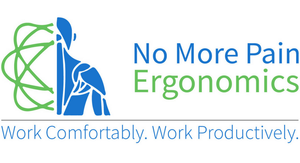



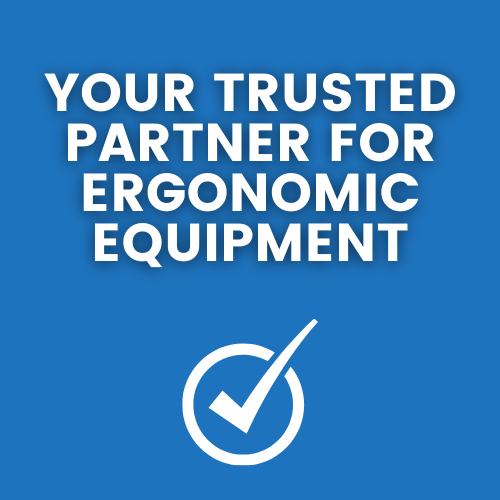






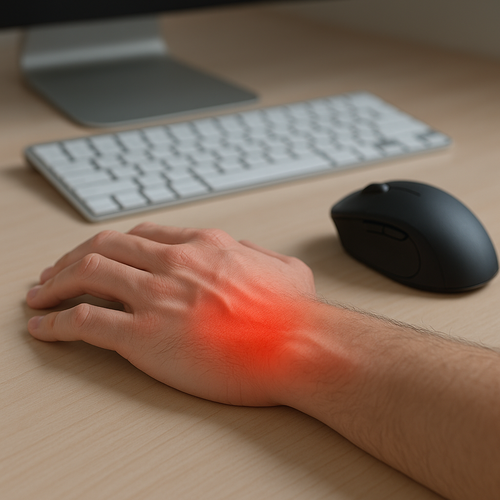

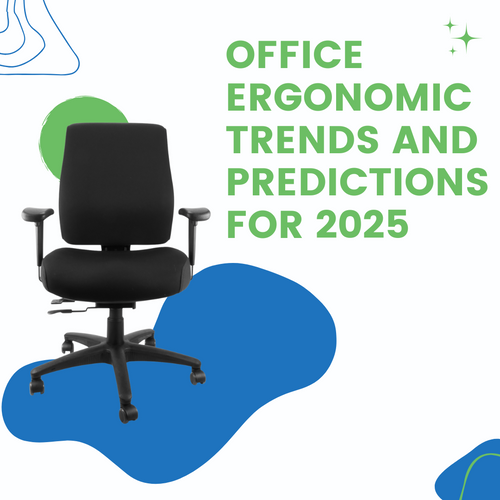
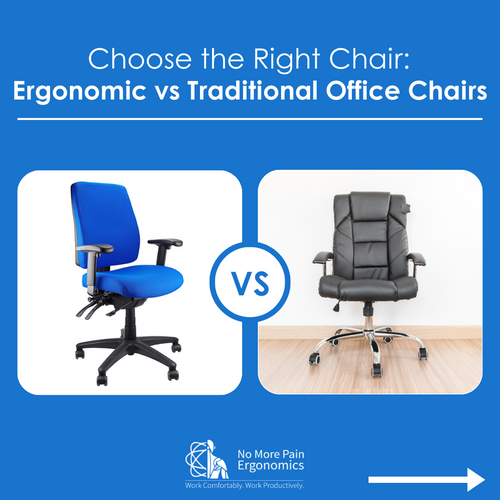

← Older Post Newer Post →
0 comments
Get in Touch
Still have a question or simply want to discuss what ergonomic products are best suited? Get in touch, our expert team is available to provide free advice and support.